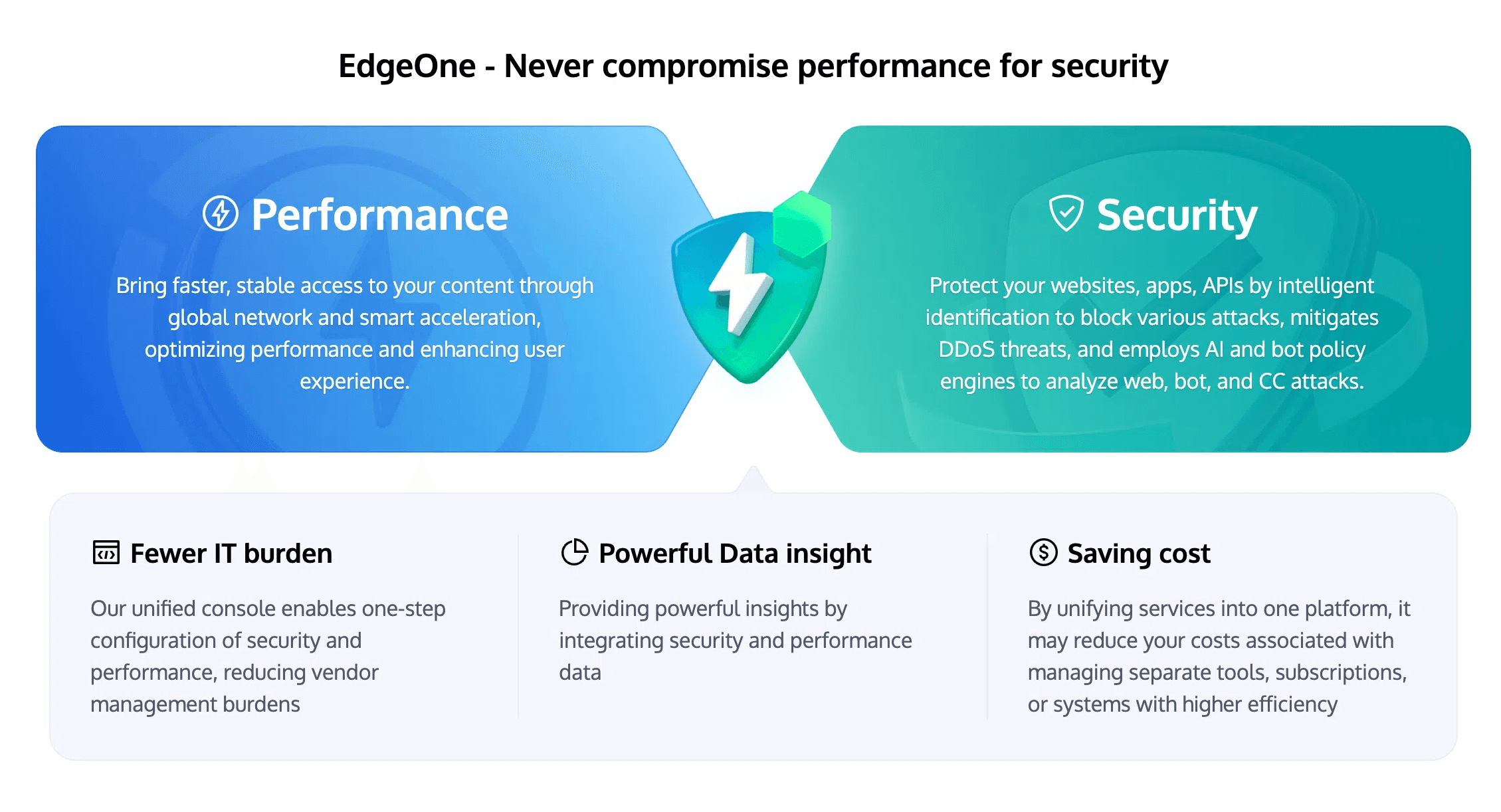Zero-day attacks, a potentially devastating cyber threat that is extremely difficult to defend against, pose an ongoing threat to our cybersecurity. Zero-day attacks can not only lead to data breaches and system crashes but can also lead to serious financial losses and reputational damage. What's more, organizations can face regulatory liability if they fail to take proper precautions, further exacerbating the seriousness of this threat.
In this article, we will explore the concept of zero-day attacks, their impact on organizations, and best practices for preventing and mitigating the risk of these attacks.
What is a Zero-Day Attack?
Zero-day attacks are attacks in which hackers exploit security flaws in software, hardware, or operating systems that have not yet been made public or fixed. This kind of vulnerability is called a zero-day vulnerability. The term "zero day" refers to the time that hackers have begun to exploit the vulnerability before developers have made it public that it exists and have begun to fix it. Before this, users and developers were unaware of the vulnerability and therefore unable to defend against it. This makes zero-day attacks a very dangerous cyber threat.
What is a Zero-Day Vulnerability?
A zero-day vulnerability, also known as a 0-day vulnerability, is an undisclosed security vulnerability in software, hardware, or firmware that may have been discovered and used by hackers to attack before it was discovered and fixed by the developer. The term "zero-day" refers to the fact that after the developer knows that the bug exists, the time to fix the bug is usually very short, and sometimes no time to fix it.
Zero-day vulnerabilities are very dangerous because they can be used by hackers to craft zero-day attacks that can bypass conventional security safeguards such as firewalls and antivirus software, causing serious damage to a system.
The Difference between Zero-Day Attacks and Other Cyber Attacks
The main difference between zero-day attacks and other cyber attacks is that they exploit undisclosed or unfixed vulnerabilities, leaving defenders often defenseless when an attack occurs. Here are some of the key differences between zero-day attacks and other cyber attacks:
- Novelty of the vulnerability: Zero-day attacks exploit newly discovered vulnerabilities that have not been fixed, while other cyberattacks typically exploit vulnerabilities that are known and may have been fixed but have not been fixed by the user application.
- Difficulty of defense: Because the vulnerabilities exploited by zero-day attacks are not made public, defenders are often unable to respond immediately when an attack occurs. For other cyber attacks, because the vulnerabilities are known, they can be defended by applying patches or other defensive measures.
- Potential impact of attacks: Because zero-day attacks are difficult to prevent, their potential for damage is often greater than other cyber attacks. Zero-day attacks can lead to massive data breaches and potentially even damage to critical infrastructure.
- Skill level of the attacker: Executing a zero-day attack usually requires a high level of skill, as new vulnerabilities need to be found and exploited. Other cyberattacks, such as phishing attacks or malware attacks, may not require a high level of skill and simply take advantage of the user's ignorance or negligence.
Example of a Zero-Day Attack
2021: Chrome zero-day vulnerability
In 2021, Google's Chrome suffered a series of zero-day threats that led to Chrome releasing updates. The vulnerability stems from a bug in the V8 JavaScript engine used by web browsers.
2020: Zoom
A bug has been discovered in the popular video conferencing platform. This example of a zero-day attack involves a hacker remotely accessing a user's PC running an older version of Windows. If the target is an administrator, a hacker can completely take over their machine and access all their files.
2020: Apple iOS
Apple's iOS is often described as the most secure of the major smartphone platforms. In 2020, however, it fell victim to at least two sets of iOS zero-day vulnerabilities, including one that allowed an attacker to remotely hack into an iPhone.
Effects of Zero-Day Attacks
The Impact of Zero-Day Attacks on Businesses and Organizations
The consequences of zero-day attacks on businesses and organizations can be very serious, which can be seen in the following ways:
- Financial losses: Zero-day attacks can result in the theft of a company's data, including financial information, customer information, etc., which can lead to direct financial losses. In addition, organizations may need to invest significant resources to fix vulnerabilities, restore systems, compensate for data loss, and perform subsequent security hardening, which can impose additional financial burdens.
- Reputational damage: If a business suffers a zero-day attack, especially if this results in a breach of customer data, the reputation of the business can be severely damaged. Customers may lose trust in the enterprise as a result, leading to customer loss. Restoring a reputation often takes a lot of time and resources.
- Legal and regulatory penalties: Many countries and regions have strict data protection regulations. Companies can face legal and regulatory penalties if they fail to protect user data effectively. In Europe, for example, under GDPR (General Data Protection Regulation), companies can be fined up to 4% of their annual global revenue if they fail to properly protect user data.
The Personal Consequences of Zero-Day Attacks
The personal consequences of zero-day attacks can also be very serious, which can be seen in the following ways:
- Identity Theft: If an attacker gains access to your personal information, such as your social security number, bank account information, driver's license number, etc., through a zero-day attack, they may use this information to commit identity theft. This can cause your credit score to suffer and you may even face legal problems.
- Loss of Personal Data: Zero-day attacks can result in your data being stolen or deleted. This could include your photos, documents, emails, etc. If you do not back up this data, it may be permanently lost.
- Financial Impact: If an attacker gains access to your financial information, such as bank account information, credit card information, etc., through a zero-day attack, they could make illegal transactions that could result in your financial loss. In addition, you may need to invest time and money to recover your identity information and deal with issues such as credit card fraud.
Prevention and Mitigation Strategies
Best Practices for Organizations
Best practices for organizations to prevent and mitigate zero-day attacks include:
- Regular software updates and patch management: Organizations should regularly update and upgrade their systems and applications to apply the latest security patches. This can help prevent attackers from exploiting known vulnerabilities.
- Employee training and awareness: The organization shall conduct regular safety training for employees to improve their safety awareness. Employees should know how to identify and deal with possible security threats, such as phishing emails, malicious links, etc.
- Network segmentation and access control: By segmenting the network, organizations can limit the movement of attackers within the network. At the same time, by implementing access controls, organizations can ensure that only authorized users can access sensitive resources.
- Intrusion detection and Prevention systems: These systems can help organizations detect and block possible attacks. They can monitor network traffic and identify unusual behavior, thereby helping to prevent zero-day attacks.
Best Practices for Individuals
For individuals, the best practices to prevent and mitigate zero-day attacks include:
- Use strong, unique passwords: You should use strong passwords and use unique passwords for each account. This can help prevent attackers from gaining access to your account by guessing or brute-force cracking your password.
- Regular software updates: You should update and upgrade your devices and apps regularly to apply the latest security patches. This can help prevent attackers from exploiting known vulnerabilities.
- Careful handling of attachments and links in emails: You should be careful with attachments and links in emails, especially those from unknown sources. These attachments and links may contain malware that could cause your device to become infected.
- Use security software and firewall: You should use security software, such as anti-virus software, as well as a firewall, to protect your device. These tools can help you detect and block possible attacks.
Conclusion
Understanding zero-day attacks is important because they represent a serious cybersecurity threat. Zero-day attacks can lead to serious consequences, including data breaches, system crashes, financial losses, reputational damage, and possibly even legal and regulatory penalties. For individuals, zero-day attacks can result in identity theft, loss of personal data, and financial losses.
Therefore, both organizations and individuals need to take measures to defend against zero-day attacks. This includes regularly updating and upgrading systems and applications, increasing security awareness, implementing access controls, using security tools, etc.
As we become more reliant on digital technology, our data and systems are becoming more vulnerable to attack. Zero-day attacks are just one of many cyber threats, but their potential for destruction makes it imperative to be vigilant against them. Cybersecurity is an issue that we must all prioritize. Only by taking proactive preventive measures can we effectively defend against cyber threats, including zero-day attacks.
Tencent EdgeOne
Tencent EdgeOne Global Mass Intelligence Network protects and accelerates your applications, websites, and APIs. Tencent EdgeOne protects your website, applications, and APIs with intelligent identification to block attacks, and mitigate DDoS threats, and uses AI and bot strategy engines to analyze network, bot, and CC attacks.


